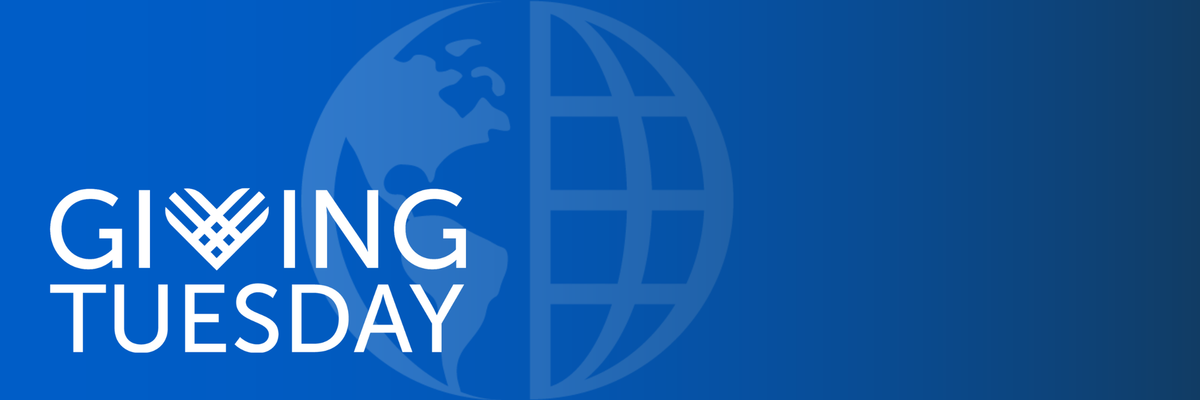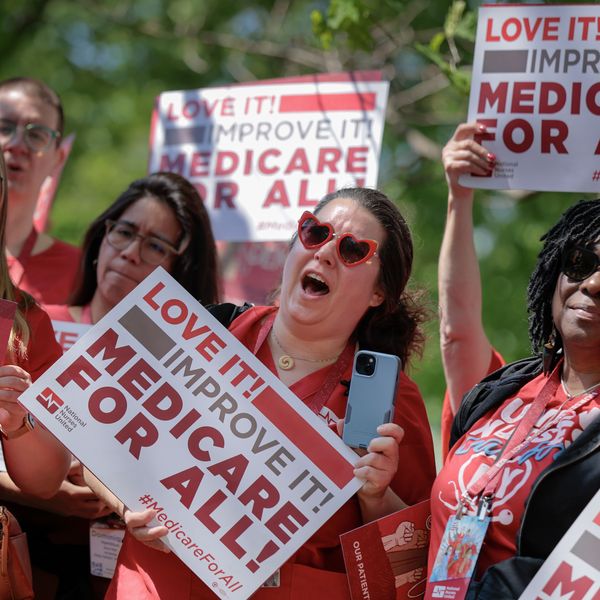Our public radio and TV stations are in grave peril, and with them the unique services they perform for our communities.
By the end of day Friday July 18, we’ll know if Congress has clawed back the money it already gave to public broadcasting, through the Corporation for Public Broadcasting, or CPB. (The House will decide; this is your moment to call your representatives to ask them to support their public radio and TV stations, and to join—for free—Protectmypublicmedia.org.) Even if that money stays protected, though, public radio and TV will continue to be attacked.
I’ve studied public broadcasting here and around the world for 40 years. And I serve on the board of directors of the taxpayer-funded Independent Television Service, which coproduces a lot of the documentaries you might see on public TV. So, of course, I think it’s an important part of our media in America. But I think you probably do, too.
You might know public broadcasting through your local TV or radio station, both private nonprofits. Or you might know it through the services many such stations depend on for daily, high-quality, award-winning programs: National Public Radio (NPR) and Public Broadcasting Service (PBS). Both of them are private nonprofits that make, select, and bundle programs for public stations.
So far, public broadcasting has weathered political attacks, which didn’t begin with this administration but have reached a new high with it. But it has only done so by depending on its users—you and me—to come out and show their support.
Either way, you’re in good company. PBS and NPR are the most trusted media brands in the United States. Half of PBS viewers depend on PBS for news and information, including more than half of people who identify as “extreme conservatives” or “extreme liberals.” NPR’s news is trusted by more than half of those who have heard of it. Americans trust public media news and public affairs much more (by half) than they do commercial mainstream media.
Public stations, like those in Oklahoma, are the ones to issue emergency warnings in time of crisis. Kids learn about job opportunities from CPB’s American Graduate: Jobs Explained series—supported among others by Iowa, Tennessee, and Arizona public broadcasters. In rural Eureka, California, the public station carries program for the local indigenous communities. In south Texas, KDET provides distance learning for kids whose first language is Spanish. ITVS documentaries have brought you inside stories from small towns like Medora, Indiana; Taft, Oklahoma; Norco, Louisiana; and Huslia, Alaska.
American taxpayers contribute, overall, about 15% of the budgets of public radio and TV stations—a percentage that’s usually lower for the bigger, more urban stations, and higher for smaller, rural stations. Alleghany Mountain Radio and KTNA in Talkeetna, Alaska for instance depend on federal funds for about two-third of their budgets. Last year CPB’s budget was $535 million. (For comparison, military marching bands cost the American taxpayers more than $300 million a year.) The rest comes from us as individual donors, from private and corporate foundations, and from local and state taxes.
So it’s not big funding and cutting it would make no dent in the deficit. But it’s critical funding; it’s the money that leverages all the rest of it, and that provides the stability to be able to do the work year after year.
The people who designed public broadcasting—and that included a lot of people, from the late Bill Moyers as an aide to President Lyndon Johnson, to military experts and educators—were worried about how government funding could become censorship. So they created CPB as a private nonprofit, not as a government agency. That is why the Trump administration cannot fire its staff or its board. CPB and local stations all have First Amendment protection against government interference. And that is why the Trump administration cannot tell them what to program or which services, like NPR and PBS, to use. The designers required Congress to give CPB its budget two years in advance, to protect against political shenanigans. That is why Congress has to vote to claw that money back.
What public broadcasting’s designers created is unique in the world—most countries’ public broadcasting is just a mouthpiece for government. In the U.S., public broadcasting plays a unique role in our media diets as free, reliable, and trusted information, a connection to local communities, and a daily example of the essential role of shared public knowledge in democratic life.
If it goes, we won’t get it back.
So far, public broadcasting has weathered political attacks, which didn’t begin with this administration but have reached a new high with it. But it has only done so by depending on its users—you and me—to come out and show their support. Right now is the time to call your representatives, and to join Protectmypublicmedia.org. (Protect My Public Media makes it super-easy to connect with your reps.) We all have something to lose.



